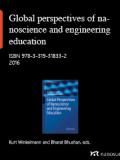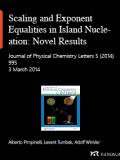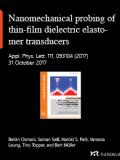PLOS Biology 20(3): e3001576.

Christoph G. Gäbelein, Qian Feng, Edin Sarajlic, Tomaso Zambelli, Orane Guillaume-Gentil, Benoît Kornmann, Julia A. Vorholt
Abstract
Source: https://doi.org/10.1371/journal.pbio.3001576
Mitochondria and the complex endomembrane system are hallmarks of eukaryotic cells. To date, it has been difficult to manipulate organelle structures within single live cells. We developed a FluidFM-based approach to extract, inject, and transplant organelles from and into living cells with subcellular spatial resolution. The technology combines atomic force microscopy, optical microscopy, and nanofluidics to achieve force and volume control with real-time inspection. We developed dedicated probes that allow minimally invasive entry into cells and optimized fluid flow to extract specific organelles. When extracting single or a defined number of mitochondria, their morphology transforms into a pearls-on-a-string phenotype due to locally applied fluidic forces. We show that the induced transition is calcium independent and results in isolated, intact mitochondria. Upon cell-to-cell transplantation, the transferred mitochondria fuse to the host cells mitochondrial network. Transplantation of healthy and drug-impaired mitochondria into primary keratinocytes allowed monitoring of mitochondrial subpopulation rescue. Fusion with the mitochondrial network of recipient cells occurred 20 minutes after transplantation and continued for over 16 hours. After transfer of mitochondria and cell propagation over generations, donor mitochondrial DNA (mtDNA) was replicated in recipient cells without the need for selection pressure. The approach opens new prospects for the study of organelle physiology and homeostasis, but also for therapy, mechanobiology, and synthetic biology.




